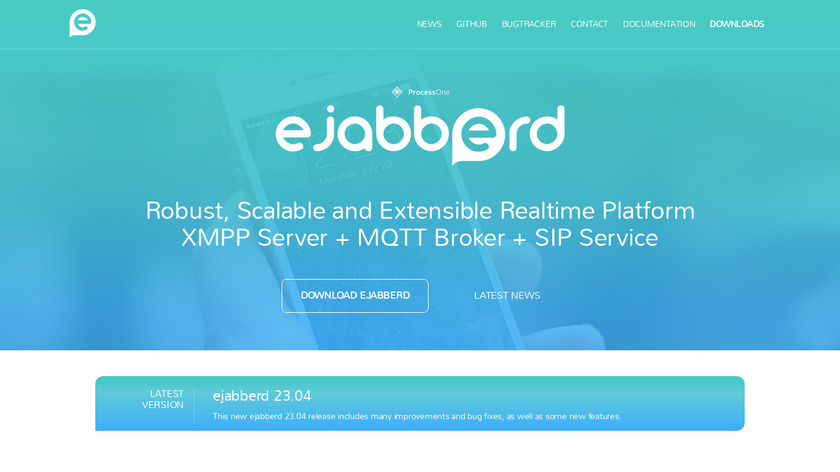
Once installed, the use and configuration of ejabberd is uncomplicated. subdomain) to the IP address where the ejabberd instance is running. If you want the public to be able to access MUCs on your domain, you need to create an “A Record” pointing the conference hostname (e.g. However, you should take the time to become familiar with the options provided in this file.īy default, MUCs or Multi-User-Chats (chatrooms) are accessible on the “conference.” sub-domain. The ejabberd.cfg file is complete and well commented, and from this point forward your server should run. Open /etc/apt/sources.list with your favorite text editor.

Prior to installing the ejabberd daemon, you will need to enable the universe repository. “SRV” DNS records to support the resolution of domains to the servers which provide DNS records. For instance, to federate with Google’s “GTalk” XMPP network, server administrators need to have server-to-server (s2s) SSL/TLS encryption enabled, while other servers don’t always require this. In the XMPP system there is no single point of failure, however each server administrator can decide how their server is going to participate in the federated network. Without a centralized server, every XMPP server maintains the accounts and serves as the communication gateway for their own users. Users with accounts on one server–if the server administrators allow it–can communicate with users on other servers. resources), the resource adds a useful amount of specificity. the resource is optional although XMPP allows a single JID to be connected to the server from multiple machines (i.e. In following example, “username” is the username, “” is the hostname, and “/office” is the resource. The resource is optional, and is often safely omitted or ignored for most users. It often looks like an email and contains the username that identifies a specific user on a server, the hostname that identifies the server, and a resource that identifies where a given user is logged in from. The JID or “Jabber ID,” is the unique identifier for a user in the XMPP network. Though you can successfully run an XMPP server with only a passing familiarity of the way the XMPP network and system works, understanding the following basic concepts will be helpful: Once you’ve completed these requirements, we can begin with the installation process. We also assume you are connected to your Linode via SSH as root. Setting Up and Securing a Compute Instance guide, and now have an up to date instance of the Ubuntu Jaunty operating system. This installation process assumes that you have a working installation of Ubuntu 9.04 (Jaunty), have followed the steps in the Ejabberd servers are believed to be the backbone for some of the largest Jabber servers running now. However, it is incredibly robust and can scale to support incredibly heavy loads. Ejabberd can be considered “heavyweight” by critics, because of the requirements of the Erlang run-times. XMPP standards, ejabberd is a great choice for a multi-purpose XMPP server.

With a web-based interface, and broad support for It is extensible, flexible and very high performance.

Ejabberd is a Jabber daemon written in the Erlang programming language.


 0 kommentar(er)
0 kommentar(er)
